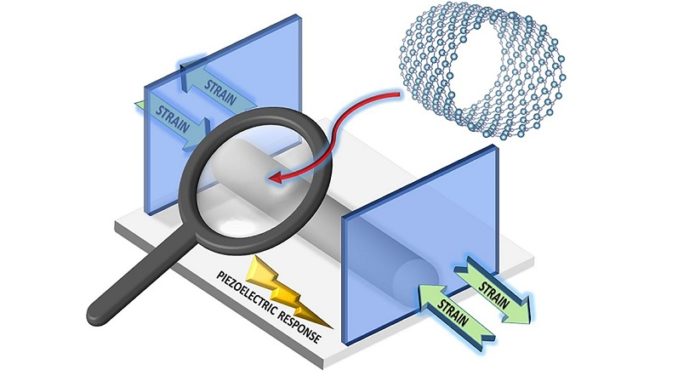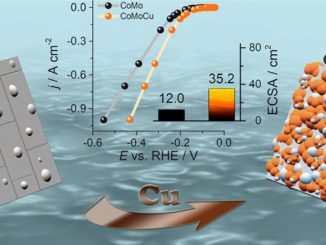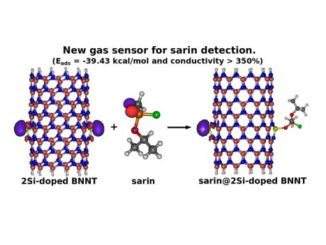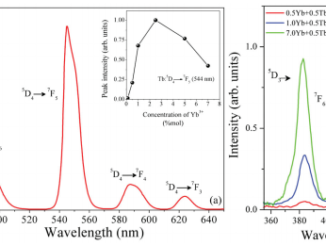
Strain-induced novel properties of alloy nitride nanotubes
Abstract: Nanotubes have become the focus of interest in recent years because of their unique properties that make them natural candidates for many devices. The junction of two different nanotubes can form alloys imparting new properties or enhance existing properties associated with one or both starting materials. The present study aims to investigate the properties of aluminum and gallium nitride (AlN and GaN, respectively) single- and double-walled nanotubes and double-walled alloy nanotubes (Al0.5Ga0.5N and Ga0.5Al0.5N) by using the density functional theory (DFT). It is observed that the emission of single-walled nanotubes (SWNT) changes from deep-UV to the blue region of the electromagnetic spectrum for double-walled GaN nanotubes (DWGaN). For the alloy nanotubes, the emission occurs at UVA and UVB regions for Al0.5Ga0.5N and Ga0.5Al0.5N, respectively. Also, the impact of the applied mechanical strain is investigated for all nanotubes. It is observed that with tensile strain, the band gap energy decreases while the piezoelectricity increases. Of all the zigzag nanotubes investigated, SWAlN, DWAlN, and the Al0.5Ga0.5N alloy nanotube exhibit larger piezoelectric constants. The analysis of electron density revels that the alloy nanotubes can be used to fabricate a selective dual gas sensor and that the functionalization, using an interface or by the application of strain, can be used to modulate the properties of materials.
Author(s): Marana, N.L.; Pinhal, G.B.; Laranjeira, J.A.S.; Buzolin, P.G.C.; Longo, E.; Sambrano, J.R.
Computational Materials Science
Published: May 2020, Volume 177




